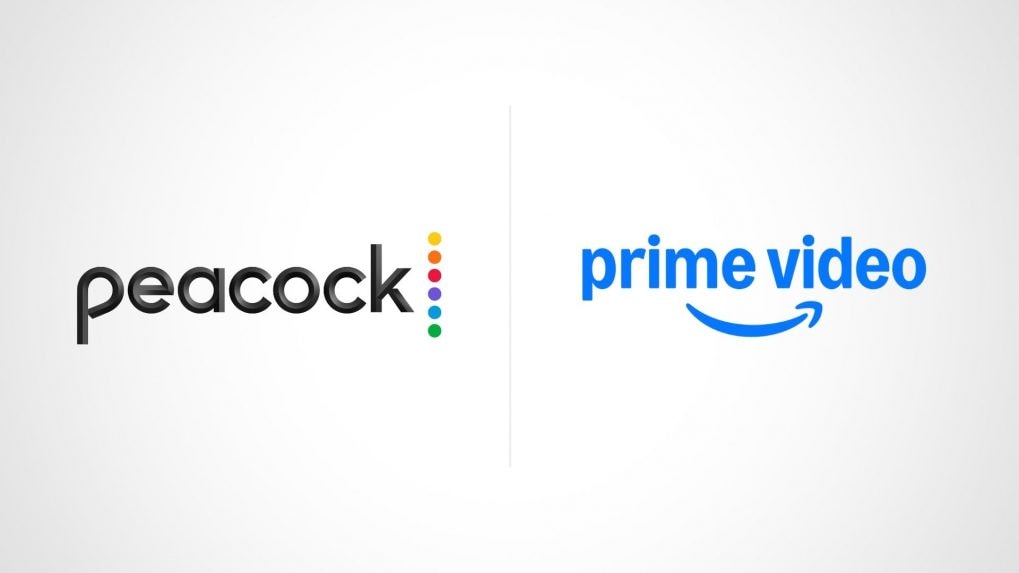Digital
Why OpenAI is hiring 100 ex-bankers: Inside the ChatGPT-maker's secret project to automate Wall Street's grunt work

comcast-owned NBCUniversal and Amazon have sealed a distribution deal that will bring the ad-free version of Peacock to Prime Video Channels - marking the first time NBCUniversal's streaming service will be bundled within Amazon's ecosystem.
The partnership goes beyond Peacock's debut on Prime Video Channels. Under the broader agreement, consumers will also enjoy continued access to the Peacock app on Amazon Fire TV, renewed options to rent or buy Universal Pictures movies through Prime Video, and seamless access to Prime Video or Comcast's Xfinity X1 devices.
For Amazon, the deal strengthens Prime Video's positioning as a one-stop entertainment destination.
Subscribers already use the platform to watch acclaimed originals like The Boys and The Summer I Turned Pretty, major sports events such as the NFL's Thursday Night Football, NBA matchups, NASCAR races, and to access third-party services like HBO Max, Apple TV+, and Paramount+.
With the addition of Peacock Premium Plus, priced at $16.99 per month, Prime Video subscribers will now gain access to NBC's flagship sports programming, including Sunday Night Football, Premier League matches, and live Olympic coverage.
While Peacock lags behind streaming giants with its 41 million subscribers, the new distribution model offers a critical growth opportunity.
Losses at Peacock have already narrowed, shrinking to $101 million in Q2 from $348 million a year earlier.
According to the report, industry insiders note that if the Amazon partnership proves successful, NBCUniversal could replicate the strategy with other major streaming distributors.
In a wide-ranging interview with Storyboard18, Sorrell delivers his frankest assessment yet of how the deal will redefine creativity, media, and talent across markets.